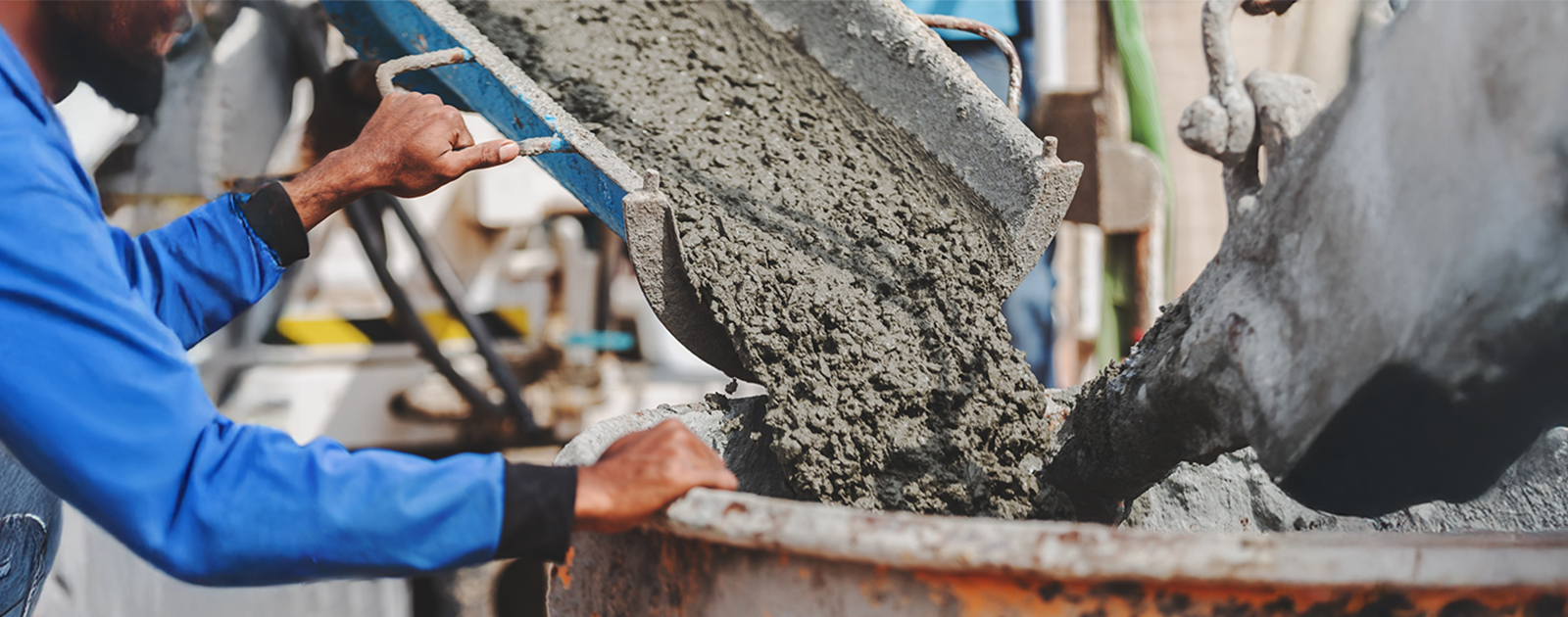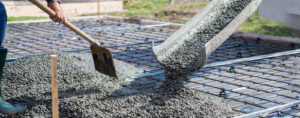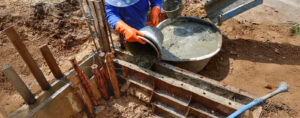Introduction: The Science Behind Stronger Concrete
Every durable structure starts with a perfect concrete mix. But challenges like poor workability, shrinkage, and surface cracks can affect strength and longevity.
That’s where cement additives come in — special compounds that enhance the performance, workability, and durability of cement.
At Amrit Cement Limited, our R&D team uses advanced additive technology to make every bag of cement more efficient, reliable, and adaptable to diverse construction needs.
What Are Cement Additives?
Cement additives are chemical or mineral compounds added during cement production or at the site to improve its properties.
They play a vital role in:
- Adjusting setting time
- Enhancing workability
- Improving strength
- Reducing cracks caused by shrinkage or temperature changes
Some common additives include:
- Plasticizers & Superplasticizers: Improve flow and reduce water demand.
- Air-Entraining Agents: Prevent cracking by introducing tiny air bubbles.
- Shrinkage-Reducing Additives: Control drying shrinkage and prevent cracks.
- Mineral Additives (Fly Ash, Slag, Silica Fume): Increase strength and durability.

How Cement Additives Improve Workability
Workability refers to how easily concrete can be mixed, placed, and finished without segregation or bleeding.
Here’s how additives help:
- Plasticizers & Superplasticizers:
- Improve flow without increasing water content.
- Enable smooth placement even in dense reinforcement zones.
- Result in better surface finish and compaction.
- Air-Entraining Agents:
- Introduce microscopic air pockets for smoother handling.
- Enhance resistance against freeze-thaw cycles and harsh environments.
- Set Retarders:
- Slow down hydration for longer working time in hot conditions.
- Ideal for large pours and complex projects.
Result: Better consistency, reduced labor effort, and improved finish quality.

How Cement Additives Reduce Cracking
Cracks are a major concern in concrete structures, often caused by thermal stress, shrinkage, or improper curing.
Cement additives directly help prevent these issues by:
- Controlling Shrinkage:
- Shrinkage-reducing additives minimize internal stresses as water evaporates.
- Reducing Permeability:
- Mineral additives like fly ash and slag make concrete denser, reducing water penetration and crack formation.
- Enhancing Flexibility:
- Additives improve the microstructure, making concrete less brittle.
- Optimizing Curing:
- Some additives promote self-curing, ensuring uniform hydration and fewer cracks.

Benefits of Using Cement Additives
| Feature | Advantage |
| Improved Workability | Easier mixing and placement |
| Reduced Cracking | Longer structural life |
| Enhanced Strength | Higher compressive and flexural strength |
| Cost Efficiency | Reduced repair and maintenance costs |
| Durability | Better resistance to moisture, heat, and load |
By using advanced additive formulations, Amrit Cement ensures every structure stands stronger for decades.

Applications of Additive-Enhanced Cement
- Residential Buildings – Smooth plastering and crack-free walls.
- Commercial Projects – High-strength concrete with better finish.
- Infrastructure Works – Long-lasting bridges, pavements, and highways.
- Industrial Floors – Crack-resistant and high-durability flooring.

Amrit Cement’s Approach to Additive Technology
At Amrit Cement Limited, we’re committed to innovation that empowers engineers, builders, and homeowners alike.
Our research-driven approach focuses on:
- Developing custom additive blends for different environments.
- Ensuring consistent workability and crack-free performance.
- Promoting eco-friendly cement solutions aligned with sustainability goals.
We believe in building a future where every mix delivers strength, smoothness, and sustainability.
Conclusion: Stronger, Smoother, and Smarter Cement Solutions
Cement additives are not just performance enhancers — they’re game changers for modern construction.
At Amrit Cement, we integrate cutting-edge additive technology to deliver superior workability, reduced cracking, and long-lasting durability — ensuring every structure built today stands firm for generations to come.
FAQs: Cement Additives & Workability
Q1. What are the main benefits of using cement additives?
They improve workability, reduce water content, enhance strength, and minimize cracking.
Q2. Do additives make cement more expensive?
While additives add slight cost initially, they reduce maintenance and repair expenses over time — making them more cost-effective.
Q3. Can additives be used in all cement types?
Yes. Additives can be tailored for Ordinary Portland Cement (OPC), PPC, or blended cements depending on project needs.
Q4. Do additives affect the setting time of cement?
Yes. Certain additives can accelerate or retard setting, which is beneficial for different climatic and structural conditions.
Q5. How does Amrit Cement ensure additive quality?
Amrit Cement follows strict quality control and laboratory testing to ensure every additive blend meets performance standards.







